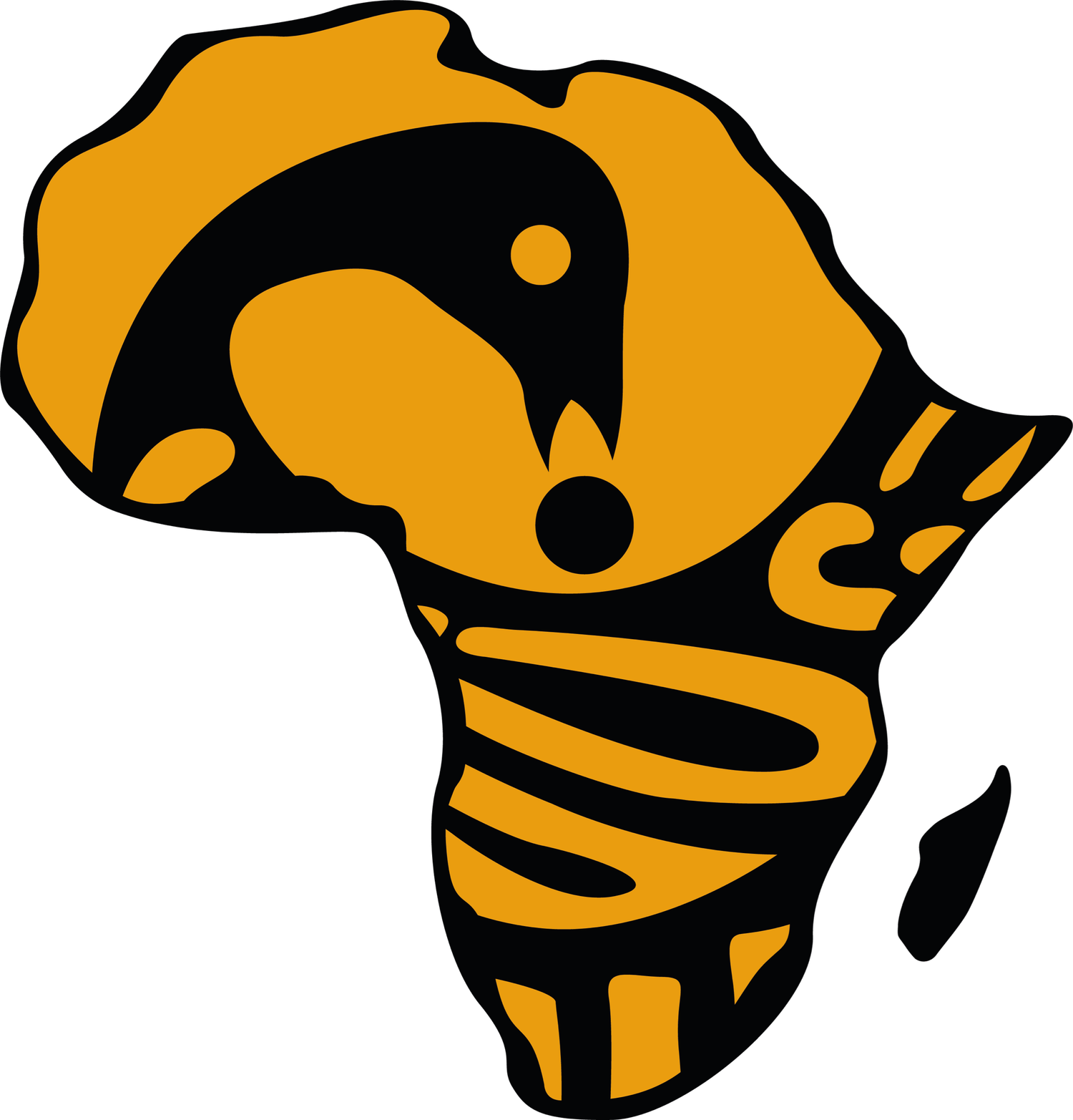Major Empires
Click here to download this lesson in slideshow format
Welcome to West Africa Level 1, Lesson 2: Major Empires
In this lesson, you will learn about:
Ancient Ghana
The Mali Empire
Mansa Musa I
Songhai
African universities
Objectives
By the end of this lesson, you will understand:
The location of Ancient Ghana
The capital of Ancient Ghana
Who founded the Mali Empire
The great cities of Mali
Who Mansa Musa I was
The size of Songhai
The amount of students at universities
What religion was practiced through the empires
The empires of West Africa were some of the richest and most impressive the world has ever seen. Ancient Ghana, Mali and Songhai were the major empires in existence, and each had its own history and shared a common origin.
Ancient Ghana existed in what is today southern Mauritania and western Mali. It became an empire around 1300 years ago. The people of this region developed impressive iron technology, using it to overcome the surrounding areas and grow food efficiently. After expanding its borders, Ancient Ghana became a hub of trade. They used camels and donkeys to move goods for sale, and gold was the currency of choice. Cheques are not as new of an invention as we are led to believe, and they were often used in Ghana for huge amounts of money.
In the 10th century, an Arab geographer described the King of Ghana as the richest person on earth! This was because of the presence of gold in the empire. The people of Ancient Ghana also excavated gold nuggets weighing a ton!
The capital was Kumbi-Saleh, and here the king had a luxurious castle surrounded by domed buildings. Governors also worked right across the empire. They helped rule Ancient Ghana and had a great many responsibilities. The governors of Kumbi-Saleh had dogs guarding their chambers wearing gold and silver collars.
The king often rode on horseback around the poorest parts of Kumbi-Saleh each morning. He rode behind a parade of giraffes, elephants and wild animals. The people could walk up the king during this time with any worries or questions, and their problem would apparently be dealt with on the spot - something we can’t imagine presidents doing today!
The Mali Empire emerged after the Malian ruler Sundiata Keita invaded the capital of Ancient Ghana around 1240. After the Malians had taken Ghana's capital, they gained control of all the trade that flowed through the region. This enriched the empire greatly as it became the richest state in the entire world.
The empire was home to many great cities. Timbuktu, Djenné and Gao boasted fantastic architecture. The empire housed 30,000 students within its schools and universities. Giant stone observatories, beautiful mosques and spectacular libraries were also found throughout the empire. The largest library was at the city of Timbuktu. Here, over 700,000 thousands untranslated books still remain today! Travelers of the time described life inside Mali as peaceful, stating that there was absolutely no fear of theft or violence within its borders - which stretched further than that of the Holy Roman Empire.
Mansa Musa I ruled Mali from 1280. At this time, the empire’s territory consisted of southern Mauritania, Mali, Senegal, Guinea and parts of the Ivory Coast. During the reign of Musa I, Mali was the biggest exporter of gold in the world. Musa I was also the richest person ever, with an estimated wealth of what would be over $400 billion today! Mali was also an Islamic kingdom, adopting the faith in the 13th century, although the empire still held onto many tenets of its traditional African belief system.
Songhai was the last of the major West African empires. It became independent from a weakened Malian Empire and soon dominated West Africa. At its height, Songhai covered an area as large as Europe, taking over the same territories as Mali as well as parts of modern-day Nigeria and Niger.
Gao became the new capital and attracted business from Morocco, Tunisia and Egypt. It boasted mansions and multi-storey houses all with indoor plumbing. An estimated 25,000 people attended universities and another 30,000 attended schools in the empire - even more than during Mali’s reign. For comparison, the entire population of London at this time was only 20,000.
Occupations such as judges, doctors, and spiritual leaders were present throughout Songhai, and each occupation received wages from the king. There was also a huge demand for books from the empire, and these were mostly exported to North Africa. Like Mali, this kingdom was Islamic and books were mostly written in Arabic. More profit was made from the book trade than any other line of business.


